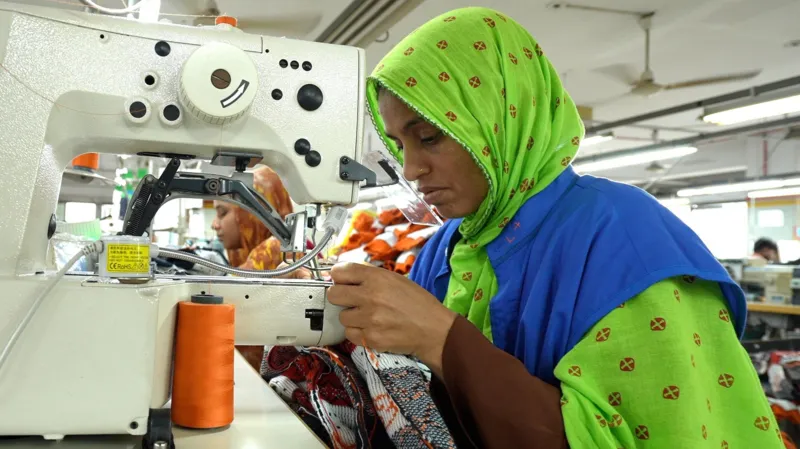-The clothing that its producers export fills the racks at Zara, Gap, and H&M. This has caused the nation to move from being among the world’s lowest to a lower-middle income country in less than three decades.
But following weeks of protests that overthrew Sheikh Hasina’s administration in August, the country’s garment sector, valued at $55 billion (£42 billion) annually, now faces an uncertain future. The uprising claimed hundreds of lives.
A statewide internet blackout made it difficult for manufacturers to operate, and at least four companies were set on fire. Three major retailers in the US, Disney and Walmart, have already started looking elsewhere for the upcoming season’s clothing.
The disturbance is still going on. Due to labor unrest, some sixty factories outside of Dhaka are anticipated to close starting on Thursday. Workers have been demonstrating and making a number of requests, one of which is higher pay.
Actually, according to Kyaw Sein Thai, who has sourcing offices in Bangladesh and the US, there may be a “10–20% drop in exports this year” as a result of the recent political instability. Given that fast fashion exports make up 80% of Bangladesh’s export revenue, the sum is not insignificant.
The garment industry and Bangladesh’s economy were in poor shape even prior to the recent events. Scandals involving child labor, fatal mishaps, and the Covid-19 shutdown had all taken their toll.







